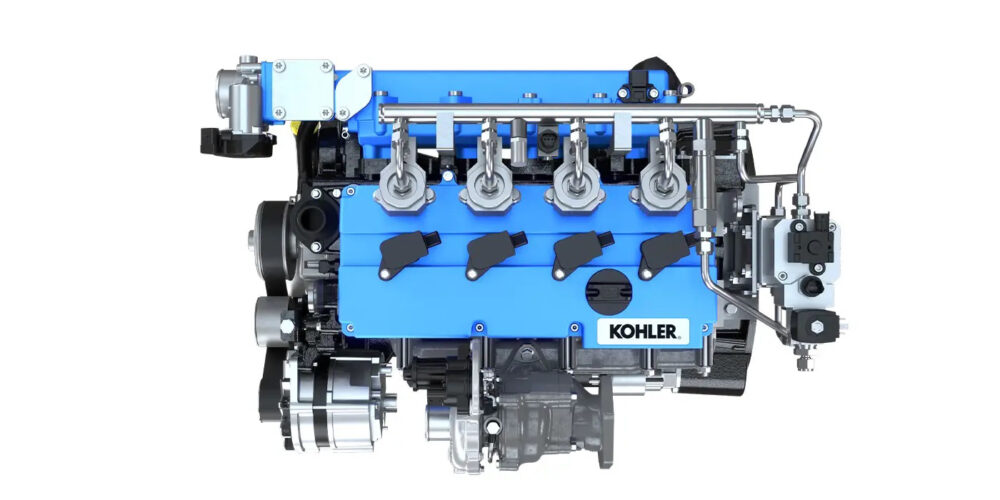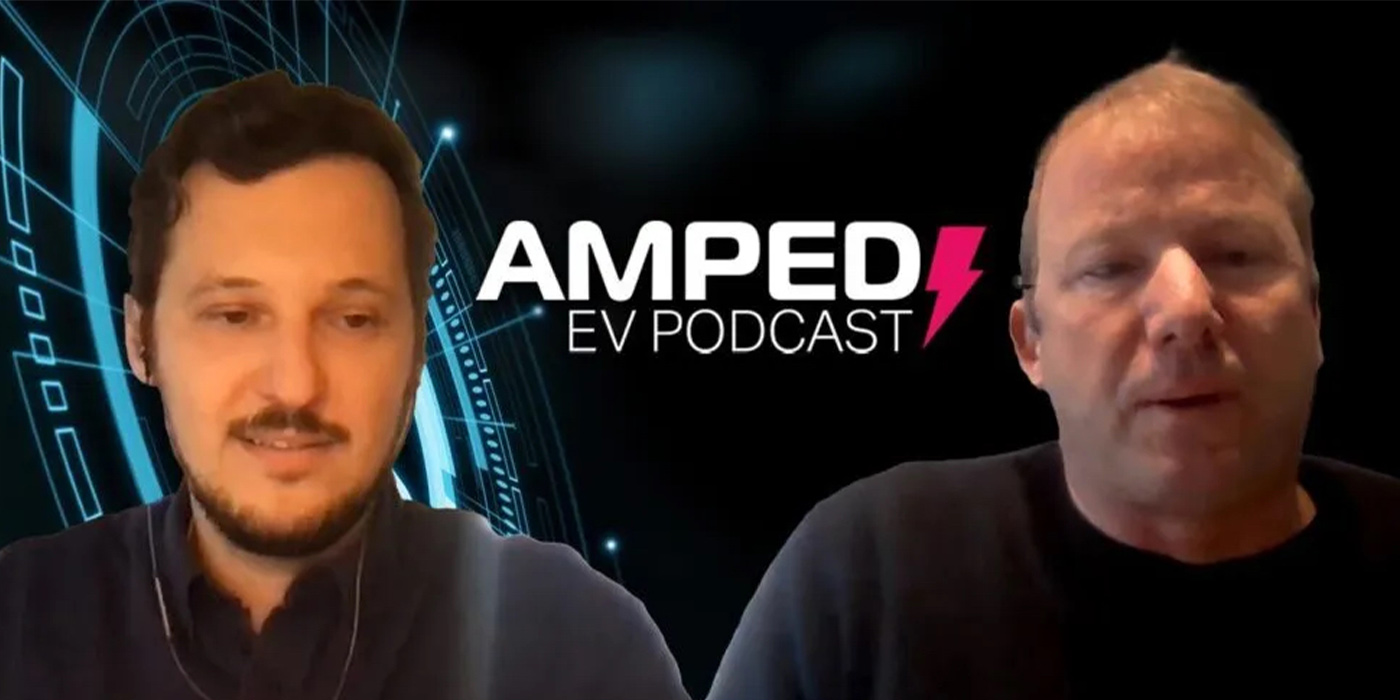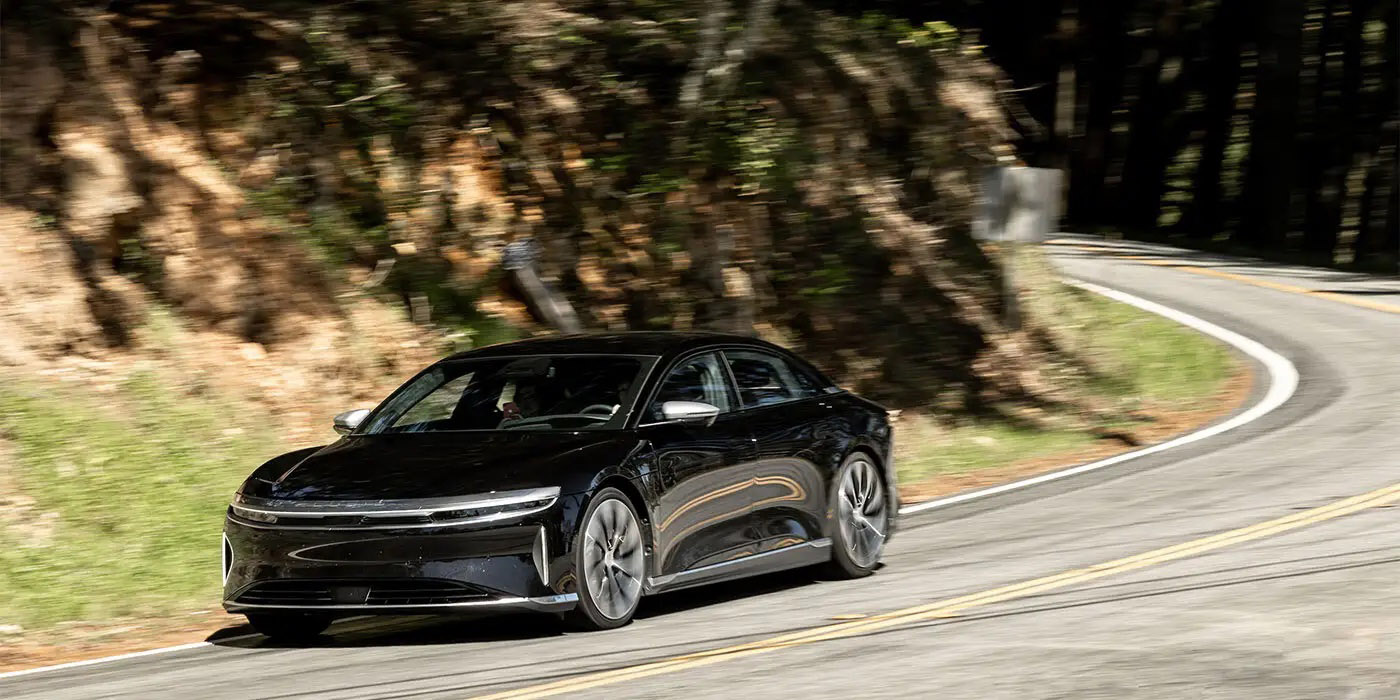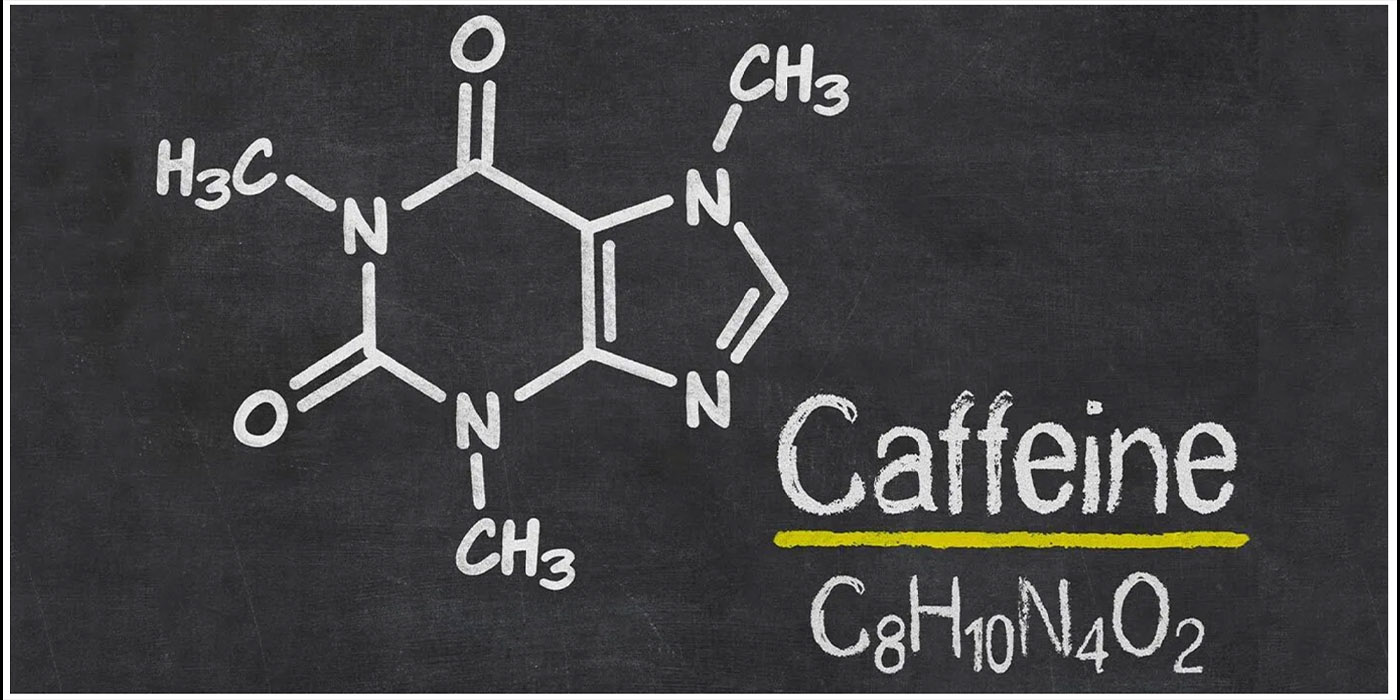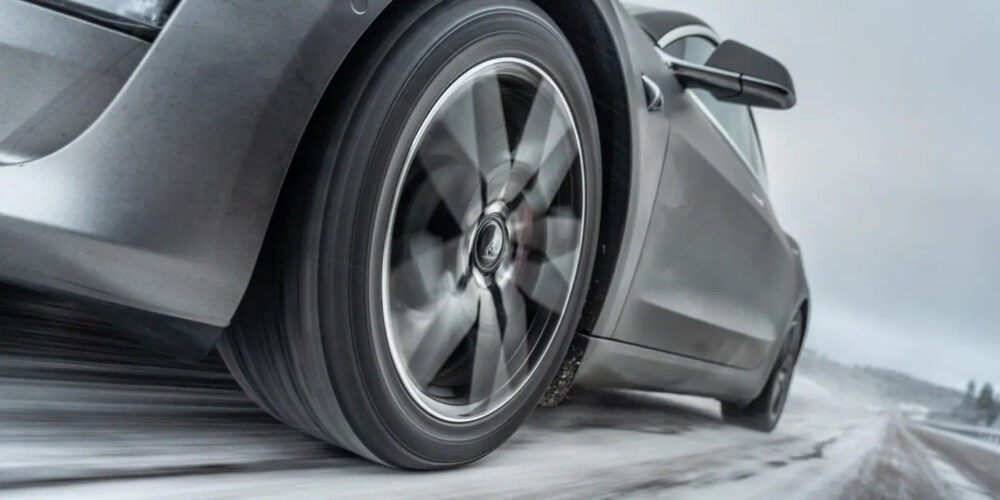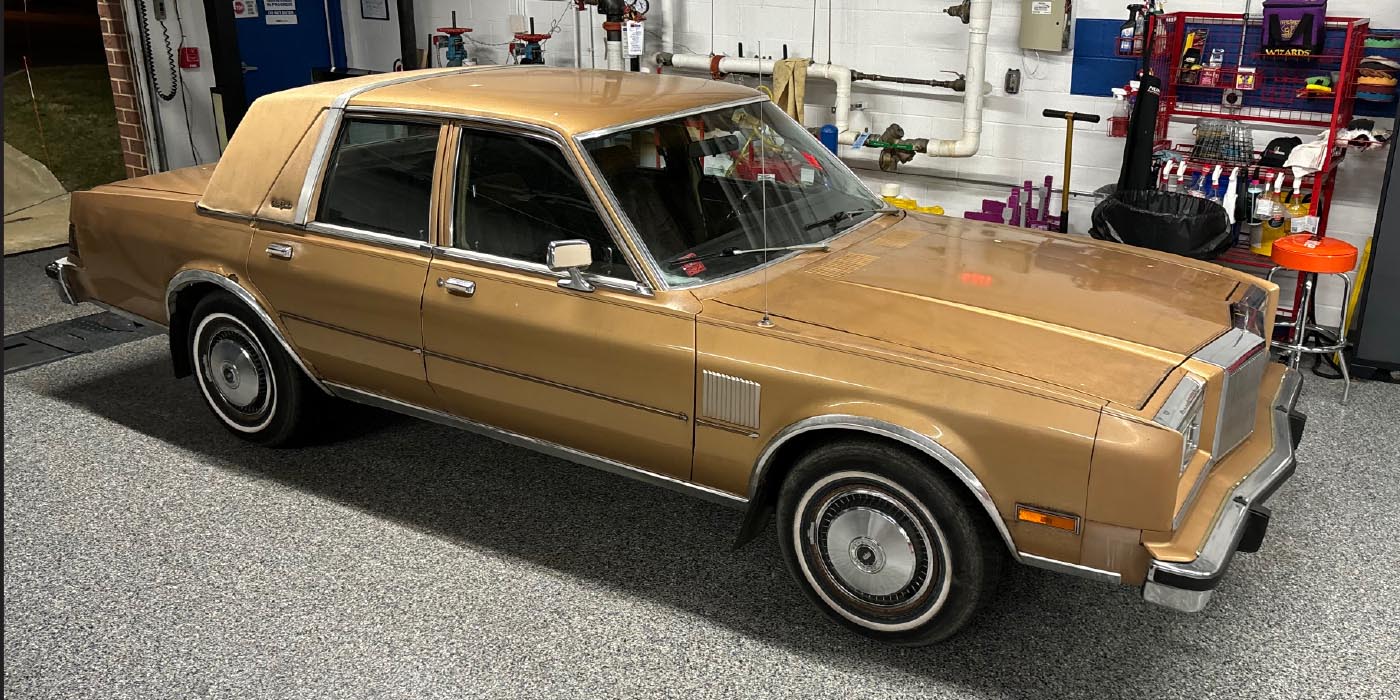Kohler Energy introduced a new hydrogen KDI engine and its first-ever hydrogen fuel cell power system, expanding its portfolio of clean energy solutions. Building off the recent announcement of Kohler Co. establishing Kohler Energy as an independent company, this news further accelerates Kohler Energy’s strategy to provide the broadest range of clean energy and hydrogen-ready solutions for off-highway equipment and standby and prime power applications for residential and industrial solutions from 20kw to 5MW+, the company said.
Alongside HVO and e-fuels, Kohler Energy said it is committed to investing in innovative engine technologies that improve energy efficiency and significantly reduce environmental impact. As such, the hydrogen internal combustion engine will be applied to the KDI 2504 TCR, with the ability to provide the same performance and power density as the starting diesel engines but using a carbon-neutral solution, Kohler said.
Additionally, Kohler Energy said its industrial business will launch its first hydrogen fuel cell power system, a 100 kW Solid Polymer Electrolyte Membrane fuel cell, using green hydrogen, for emergency backup, peak shaving and demand response. The system is suitable for a broad range of mission-critical power users including hospitals, data centers, utilities, ports and water treatment plants.
The hydrogen engine was unveiled at the Agritechnica trade show in Hanover, Germany on November 13 and in-field case studies with the hydrogen fuel cell will begin in early 2024, with more information to be provided in the coming weeks.

